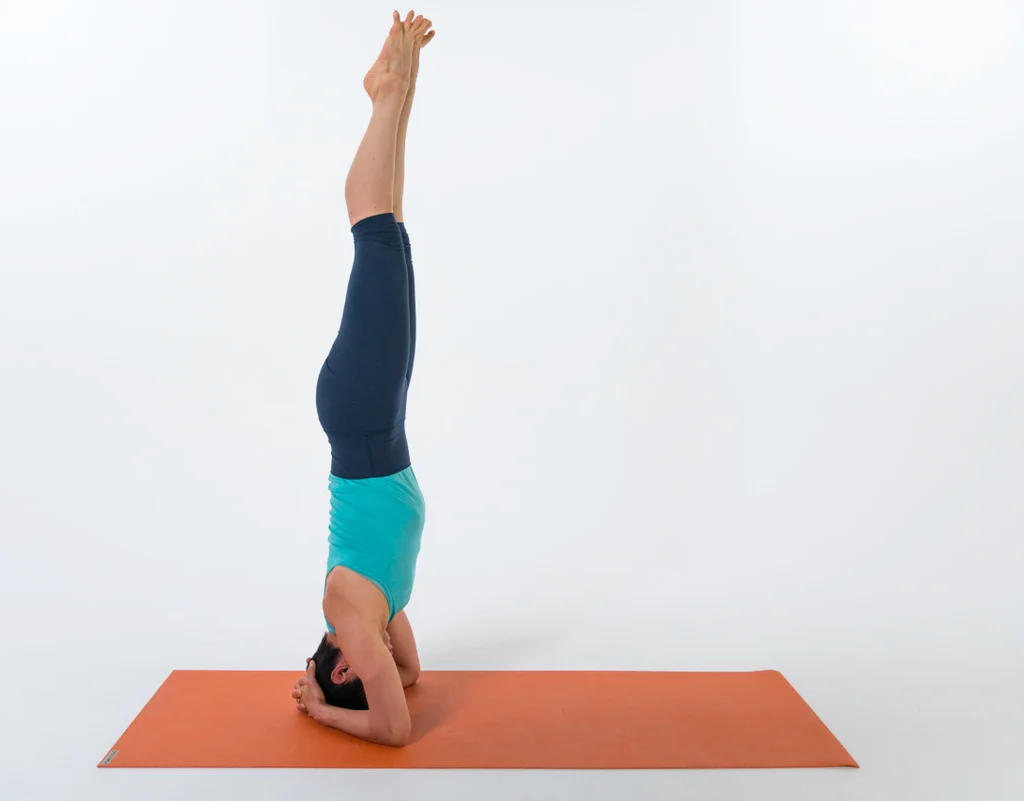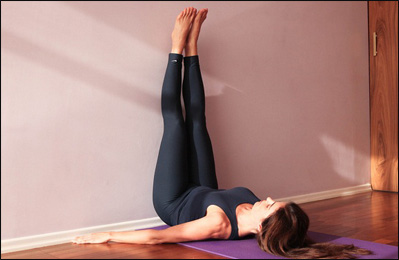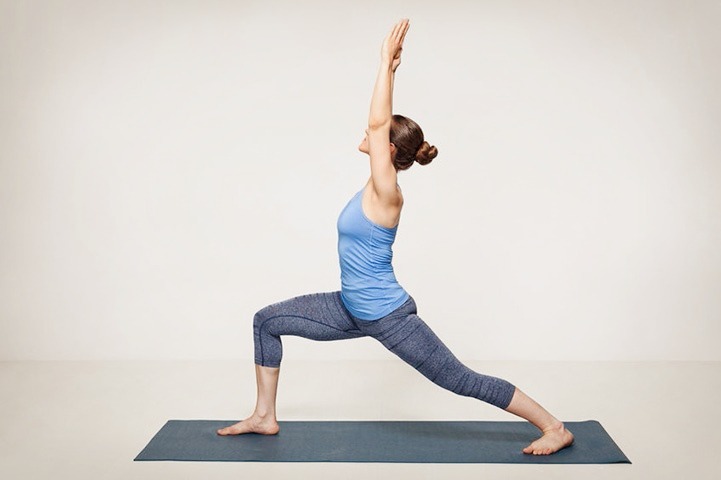The frog pose might be easy to dismiss as a simple, beginner-level pose that doesn’t require much effort. After all, you’re probably used to more challenging poses by now.
But don’t let its apparent simplicity fool you; the frog pose is a complicated posture that requires flexibility and strength in your hips, knees, and ankles.
It challenges your body in ways you probably don’t yet anticipate. Even though it looks like a simple squat, the frog pose has several hidden benefits when performed correctly. So, without any further ado, let’s get started:
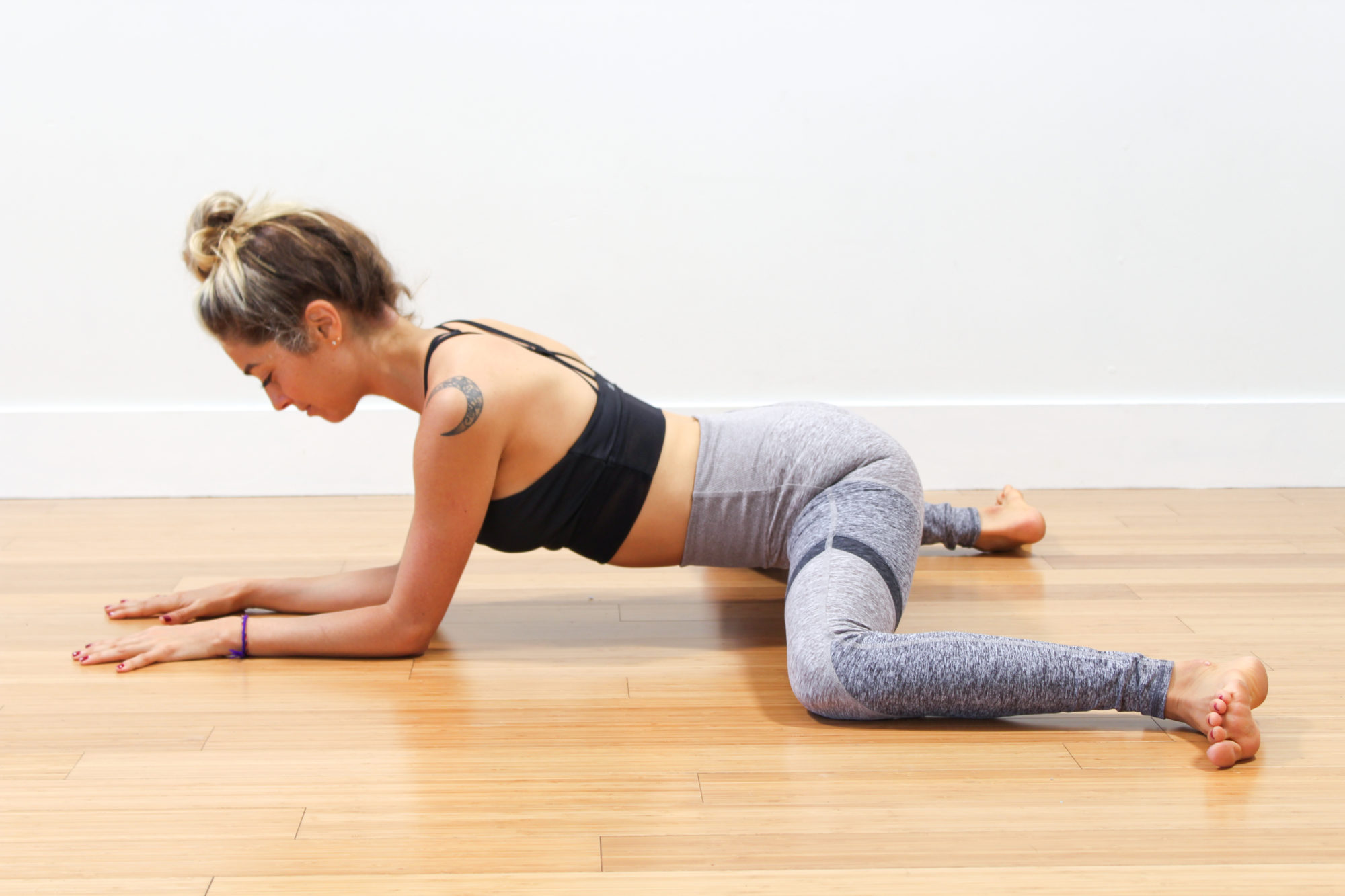
A step-by-step guide to doing the frog pose
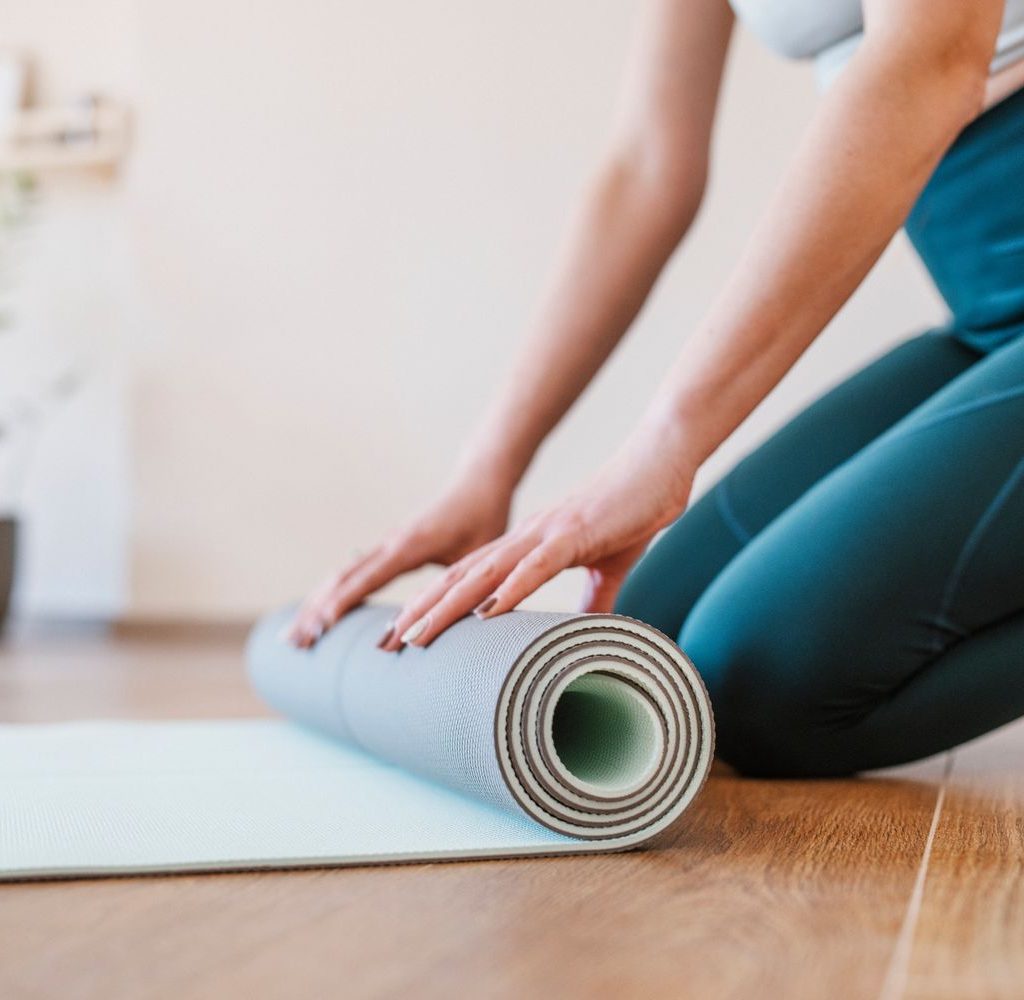
So, here you go! Here is the step-by-step guide of performing this pose:
- Begin on all fours with your hands under your shoulders and your knees beneath your hips. Yield your weight forward onto your hands.
- Slowly, scoot your knees out to the sides. Ensure that you keep them in line with your hips.
- Keep your knees bent and your ankles behind you.
- Now, it is time to turn your toes to the sides.
You got it, buddy! Keep going. - Rest on your forearms with your elbows beneath your shoulders, placing your palms together or on the floor.
- Sit back into your hips to deepen the pose.
- Take a deep breath. Focus on relaxing and releasing tension.
You can find out a detailed guide on the right way to do this pose here:

Tips for doing it right
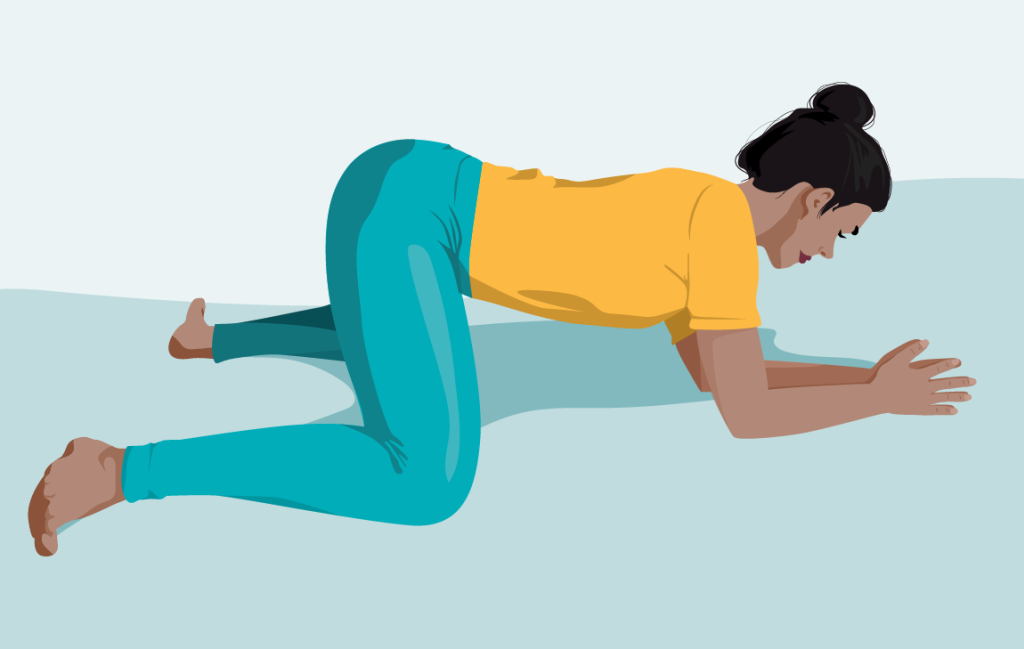
The frog pose is a great posture to stretch your hips and knees, but it can become difficult if you don’t focus on your posture. Here are some important tips that will help you master the posture:
– Breathing is extremely important while performing this posture. Make sure you inhale and exhale through your nose while keeping a normal breathing pattern.
– Keep your palms and fingers relaxed while supporting your weight on the floor.
– Let your knees fall wide apart, making sure that your shins are not hurting from heels touching the ground.
– Keep your spine aligned while stretching your hips. Avoid leaning backward.
– Don’t rush the posture. Stretching is a slow process that takes time and patience.
Practice this posture daily; you’ll notice a difference in your flexibility and posture in a few weeks. When you feel like you are ready to progress, try to increase the duration of the posture.
Counter poses
The shavasana (a yogic pose where you lie down on the floor with your palms facing up) is the best counter pose to the frog pose.
It will help you relax your mind and body, and it will also help you regain energy lost during the frog pose.
Similar poses to the Frog Pose
There are several related yoga postures to the frog pose. Here are a few of them:
- The Cow face Pose
The cow pose is a simple seated posture that is similar to the frog pose. The only difference is that your hands are placed on your knees instead of the floor. - The Pigeon Pose
The pigeon pose is a great hip stretch. The posture is performed with one leg stretched and the other bent. - The Seated Forward Bend
The seated forward bend is a seated posture that stretches your spine.
Key benefits
Here are some of the benefits of doing this pose:
- One of the most important benefits of the frog pose is that it is a good stretching posture for your hips and knees. Since the frog pose has a knee-bending position, it is considered to be good practice for people who suffer from knee pain.
- It also improves your posture, increases flexibility in your spine, and helps reduce anxiety, restlessness, and fatigue.
- The frog pose is also a great posture to reduce the symptoms of menstrual cramps.
- It is a very effective pose to reduce the pain caused by constipation.
- If you are having a hard time falling asleep, the frog pose can help you by slowing down your nervous system and relaxing your muscles.

Contraindication
The frog pose is a good asana, but it is not good for everyone. It is important to check if this posture is right for you.
Do not perform this posture if you have a knee injury, a hernia, spinal cord issues, or if you are experiencing pain in your hips. It is also important to avoid this posture if you are pregnant.
Conclusion
The frog pose is a challenging posture that is important for stretching and strengthening your hips, knees, and ankles. It is also beneficial for reducing stress, improving your posture, and improving your digestion.
It is important to use the right technique when performing this posture to avoid injuries. You can perform the frog pose daily at home or in the studio.
Share with your friends and family to encourage them to do this helpful yoga pose.
Happy Yogaing

